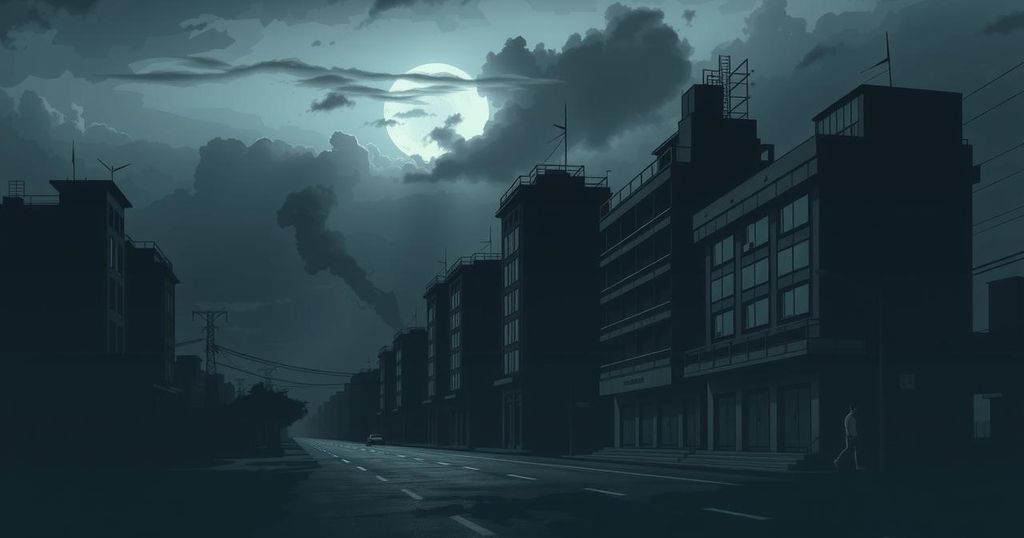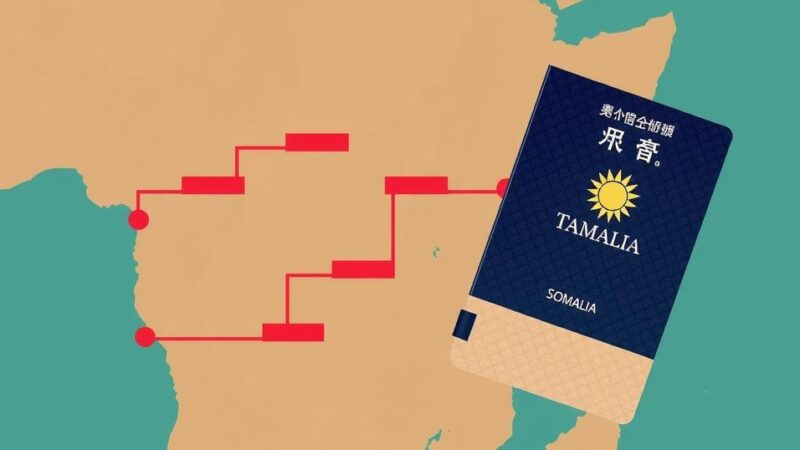Cuba is facing a critical energy crisis with frequent blackouts due to significant electricity generation deficits. Reported power capacities fall short of demand, worsened by plant breakdowns and fuel shortages. The recent restoration of one power plant offers limited relief. The situation continues to affect the daily lives and economic activities of many Cubans.
Cuba’s energy crisis deepens as recent reports indicate a critical shortfall in electricity generation. As of Friday morning, the Electric Union (UNE) reported an available capacity of 1,610 MW against a demand of 2,000 MW, leaving a significant 456 MW deficit. Furthermore, during peak hours, projections reveal an even harsher outlook, with expected capacity at 1,745 MW and a demand soaring to 3,100 MW, resulting in a staggering shortfall of 1,355 MW and a projected impact of 1,425 MW on the population.
The situation worsens further with eight megawatts remaining offline in Artemisa due to damage inflicted by Hurricane Rafael. As a result, widespread blackouts persist, significantly affecting both daily life and the island’s productive sectors. Recently, service interruptions occurred from 5:34 a.m. to 12:27 a.m. the following day, peaking at an alarming impact level of 1,466 MW at 6:10 p.m.
The ongoing generation issues are largely attributed to breakdowns at critical power units, including Unit 5 at the Mariel power plant and Units 3 and 6 at the Renté facility. Moreover, maintenance work at various other plants, such as Santa Cruz in Cienfuegos and additional facilities in Nuevitas, places further strain on the overall electric supply.
Compounding these problems, distributed generation is suffering setbacks, with around 30 plants currently offline owing to fuel shortages, affecting an overall capacity of 334 MW. Though the new CDE Moa plant is anticipated to contribute 135 MW during peak hours, the crisis remains unresolved, as recurring mechanical failures and limited thermal capacity continue to plague the system.
This energy deficit, aggravated by recent weather events and longstanding infrastructure issues, has led Cuba into a grim state of power scarcity where blackouts have become an unavoidable aspect of daily life for millions. There is little hope visible for a solution in the near future.
On a slightly brighter note, UNE confirmed early Friday that the Lidio Ramón Pérez Thermoelectric Power Plant, commonly referred to as Felton, is back online. “ETE ‘Lidio Ramón Pérez’ Felton at 220 MW contributing once again to the National Electric System,” UNE stated via social media shortly before 7:00 AM.
As for the energy crisis, many questions linger among the populace. The current blackout situation remains dire due to severe deficits in generating capacity, often blamed on ongoing technical issues, maintenance shutdowns, and fuel shortages, all underscored by the impacts of Hurricane Rafael.
These outages critically disrupt daily life, causing significant economic losses, food waste, and damage to electric appliances. Communication surrounds the crisis becomes increasingly politicized, leading to national discontent and unrest as citizens voice their frustrations over lack of effective governmental response.
In response, the government has announced reinventions of certain generating units and put Decree 110 into place to manage power outages methodically. Nonetheless, these attempts appear inadequate against the heavy criticism regarding the broader, systemic deficiencies that persist within the energy sector.
In summary, the ongoing energy crisis in Cuba remains severe, with persistent blackouts impacting daily life and the economy. Recent reports indicate a significant shortfall in both capacity and generation, worsened by plant breakdowns and fuel shortages. The recent restoration of the Felton plant provides little respite amidst a backdrop of deep-seated issues within the electricity sector, leaving millions of Cubans grappling with uncertainty.
Original Source: en.cibercuba.com






